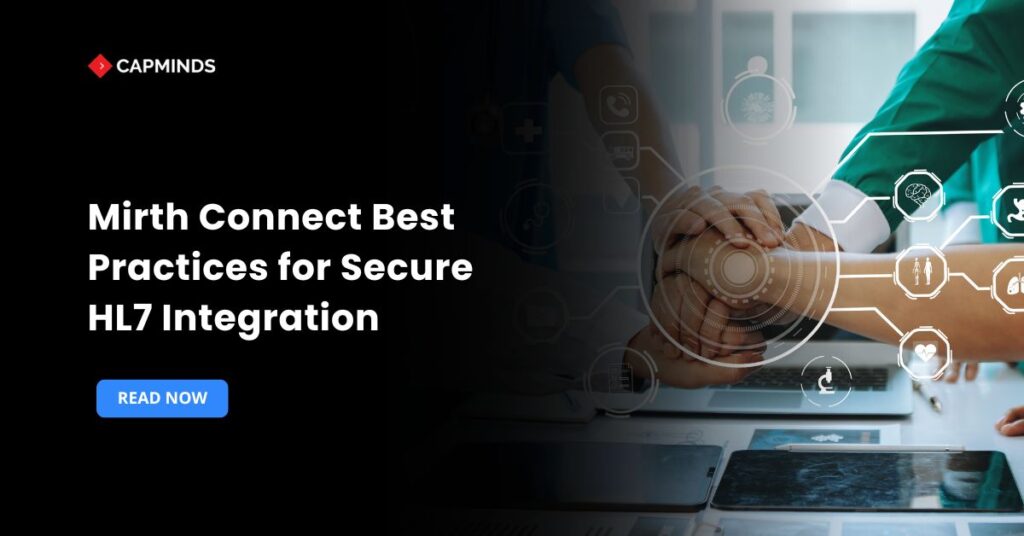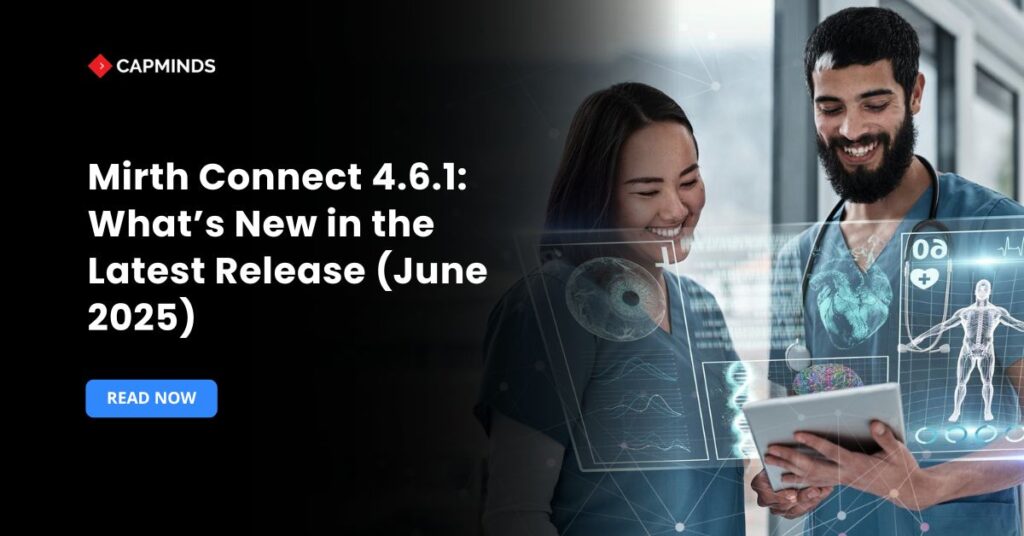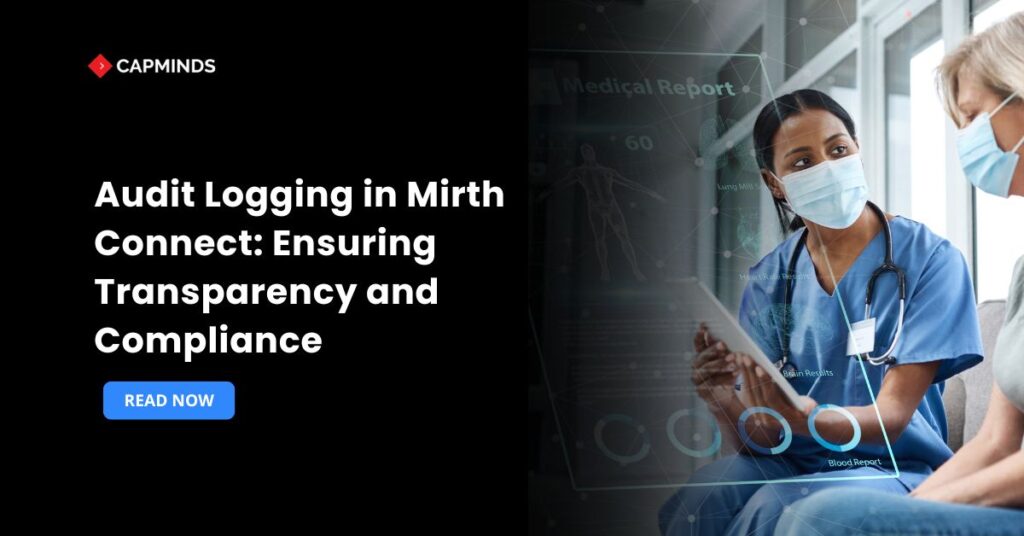Healthcare IT Migration
EHR Migration for Modern Healthcare —
No Downtime, No Data Loss
Switch from legacy systems to modern EHRs with ease. CapMinds
makes the process smooth, safe, and ensures care continues
without interruption.




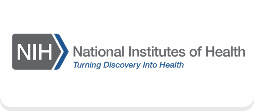
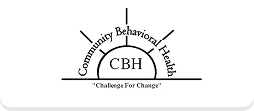




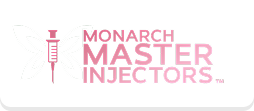

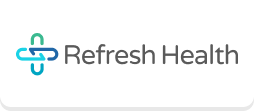































No more risky transitions!
CapMinds offers secure, stress-free, and compliant EHR migration with minimal downtime.
Healthcare practices moving from legacy systems are concerned about data loss, having extended downtime, and non-compliance risks during the migration process. At CapMinds, we provide comprehensive EHR data migration services that ensure HIPAA/FHIR compliance. Our data migration experts take care of mapping, validation, and testing – so your records stay safe, accurate, and easily accessible. The result? You can achieve zero data loss, 99.5% uptime, and a smooth migration to modern, scalable EHR platforms.
How CapMinds Can Help?
0 %
0 %
0 %
0 ,000+
CapMinds EHR Migration Solutions for Powerful Data Transfer
Data Assessment & Mapping
A successful migration begins with understanding what to migrate and how things should look in the target system. We carefully plan clinical data migration by mapping patient health records like medical histories, allergies, and medications so providers see accurate information on day one.
Sub-services:
- Legacy system profiling and gap analysis
- Field mapping for structured and unstructured data
- Duplicate detection and clean-up rules
- Migration strategy tailored to your specialty
Secure Extraction & EHR Data Conversion
We extract information from legacy platforms in a HIPAA-compliant way and perform EHR data conversion to industry standards such as HL7 and FHIR. The focus is on structured, usable data that supports daily care and reporting.
Sub-services:
- HIPAA-compliant data extraction
- Healthcare data conversion (HL7, FHIR, CCD/C-CDA)
- Handling images, PDFs, and attachments
- Validation scripts for accuracy and consistency
Test Migration & Validation
Providers shouldn’t face broken records during go-live. We run test migrations and validate each load, ensuring healthcare data conversion produces clean, usable charts before the official cutover.
Sub-services:
- Sandbox trial migrations and reconciliations
- Parallel runs with legacy and new EHRs
- Clinician review and sign-off on migrated data
- Error tracking and corrective migration cycles
Go-Live EHR Data Transfer & Cutover Support
We manage the live EHR data transfer with minimal disruption. From downtime planning to final validation, our team ensures your new system is ready the moment it goes live.
Sub-services:
- Final data load and reconciliation
- Real-time cutover support and troubleshooting
- Downtime scheduling for zero impact on patients
- Post-go-live monitoring and record validation
Compliance Security & Risk Management
EHR migration demands more than accuracy — it requires airtight compliance. We safeguard PHI while supporting CMS, HIPAA, and reporting requirements tied to clinical data migration.
Sub-services:
- HIPAA & security risk assessments
- Data encryption in transit and at rest
- Access control and audit trails
- Archival, retention, and disaster recovery planning
Post-Migration Optimization
Once migration is complete, we fine-tune workflows and reporting so the EHR data conversion delivers ongoing value. Providers can work efficiently without worrying about missing or misaligned records.
Sub-services:
- Template and workflow adjustments
- Registry and reporting validation (MIPS, UDS, CMS)
- Ongoing data quality audits
- Feedback-driven system enhancements
Who Do We Serve?
Capabilities We Support for Seamless EHR Transformation
Secure Legacy Data Conversion
We carefully move charts, histories, and medications from your old system. Every record is verified, so nothing is lost in the transition.
Cloud Hosting & Scalability
CapMinds sets up a secure cloud environment that grows with your practice. You avoid heavy IT costs while staying future-ready.
Role-Based Access Controls
Access is matched to each role, giving staff only what they need. It keeps data safe and daily tasks simple.
Automated Backup & Recovery
Daily backups and clear recovery steps protect your data. If something goes wrong, your system is restored without long delays.
Patient Record Accuracy & Continuity
We clean, match, and validate records before go-live. Providers walk in on day one with complete, accurate patient charts.
Specialty-Specific Templates
CapMinds builds templates for your specialty, so documentation is faster, easier, and consistent across the team.
Make EHR Migration Simple & Secure
Get a free migration assessment — avoid data loss, ensure compliance, and transition smoothly to a better EHR system.
Why choose CapMinds EHR Migration Service?
Case Study
Title – How a Behavioral Health Network Migrated 15 Years of Records Without Downtime
Challenge – Legacy EMR retirement risked data loss, downtime, and compliance gaps.
Solution – CapMinds executed secure EHR data transfer with mapping, validation, and HIPAA compliance.
Results – Enabled a safe migration with zero disruption and complete data integrity.
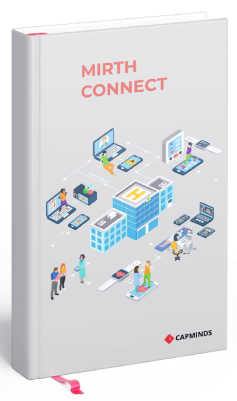
What Makes Us a Trusted EHR Data Migration Company
CapMinds is globally recognized for excellence in Healthcare IT security, regulatory compliance, responsive support, and service quality. Trusted by leading healthcare organizations, we uphold the highest standards to safeguard patient data, ensure uninterrupted operations & deliver solutions you can rely on.
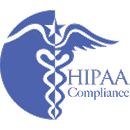


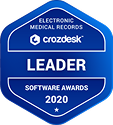
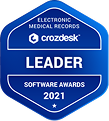


What Our Clients Say
Hear from healthcare leaders who’ve transformed their operations with our service & solution.
Let’s ensure 100% Accurate EHR Data Transfer Without Disruption
Don’t risk patient safety or compliance during migration. Move to your new EHR with full confidence and zero downtime.
Request Your Free Migration Readiness Review:
- Secure EHR Data Conversion & Validation
- HIPAA-Compliant Data Extraction
- Zero-Downtime Cutover Planning
- Post-Migration Optimization Support
FAQs
How long does it take to migrate old EHR servers to the cloud?
The time required depends on the size of your database, the number of locations, and system complexity. Smaller practices may complete the move in 4–6 weeks, while larger health networks often need 3–6 months. Key steps such as data cleanup, compliance validation, and downtime planning also influence the timeline. A phased approach with test migrations usually ensures both accuracy and minimal disruption.
How long does EHR migration take?
On average, small to medium practices can expect 2–3 months, while large hospitals or multi-site organizations may require 6+ months. Factors that affect timelines include the number of providers, required integrations, and compliance needs. Running test migrations and involving clinicians in validation helps shorten delays and ensures a smoother adoption.
How to choose the right vendor for data migration support?
The right vendor should have a proven track record in EHR data migration services, deep knowledge of clinical workflows, and HIPAA-compliant processes. Look for partners who offer structured test migrations, clinician validation checkpoints, and post-go-live optimization. Strong references and transparent methodologies are also essential.
What are EHR data migration services?
EHR data migration services involve the secure transfer of patient, clinical, and billing data from legacy systems into a new EHR platform. This process includes data extraction, conversion, mapping, validation, and loading. It also ensures duplicates are resolved, compliance requirements are met, and providers have reliable access to accurate patient records.
What challenges are common during EHR data migration?
Common challenges include data mapping errors, duplicate or missing records, downtime risks, and compliance concerns. If migration is poorly planned, providers may struggle with incomplete charts or disrupted workflows. Engaging experienced partners who use validation and testing reduces these risks significantly.
What is the cost of EHR data migration services?
Costs vary depending on the size of the practice, the amount of data, and the complexity of integrations. Small practices may spend a few thousand dollars, while enterprise-level migrations can reach six figures. Compliance requirements and post-migration optimization also affect pricing. A detailed upfront assessment is the best way to determine an accurate estimate.
What technologies enable EHR data migration without downtime?
Zero-downtime migrations are possible with modern technologies that allow old and new systems to run in parallel.
These include:
- HL7 and FHIR APIs for real-time clinical data integration
- ETL pipelines to securely extract and transform large datasets
- Replication tools to sync both systems until final cutover
This approach ensures providers continue to access accurate patient data during the transition.
What should healthcare organizations consider before EHR vendor switching?
Before switching EHR vendors, organizations should evaluate:
- Data portability and mapping compatibility
- HIPAA, CMS, and UDS compliance needs
- Integration with labs, imaging, payers, and third-party apps
- Vendor support, training, and scalability
Engaging clinicians early is critical so the new system supports their workflows rather than adding extra burden.
What are the best practices to migrate to new EMR/PMS services?
Best practices for successful migration include:
- Conducting a full data inventory and cleanup
- Running test migrations to uncover errors early
- Validating critical data such as medications, allergies, and lab results
- Creating a downtime and cutover plan
- Training staff ahead of go-live
These steps help ensure both clinical safety and smooth adoption.
Why is EHR data migration important for healthcare practices?
Migrating data correctly preserves patient histories, lab results, and treatment information. It prevents compliance issues, reduces billing errors, and ensures providers can deliver safe, informed care. Beyond continuity, proper migration allows practices to adopt modern systems that support cloud scalability, interoperability, and advanced analytics.
How do EHR data migration services ensure patient data security?
Security is maintained through industry best practices such as encryption at rest and in transit, role-based access controls, and audit trails. Vendors also conduct HIPAA risk assessments and use secure test environments to validate data before go-live. These measures protect PHI while maintaining compliance.
How can I prepare my practice for a successful EHR data migration?
Preparation begins with cleaning and standardizing legacy data. Organizations should decide which records to migrate versus archive, set governance for migration decisions, and establish a clear project timeline. Running test migrations with clinician validation is essential. Finally, training staff on new workflows and communicating changes early ensures smoother adoption and reduced downtime.
